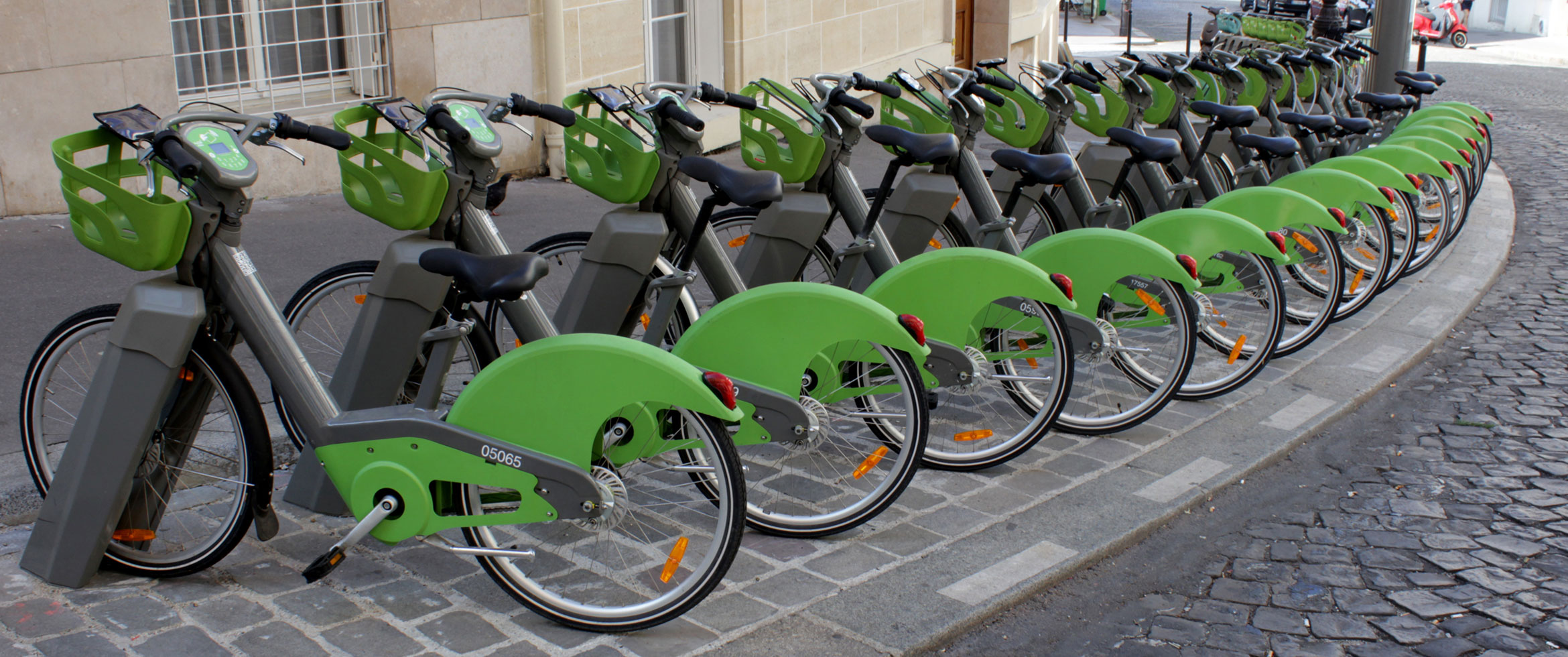Walking and Cycling to School: Predictors of Increases Among Children and Adolescents
Hume, C., Timperio, A., Salmon, J., Carver, A., Giles-Corti, B., & Crawford, D. (2009). Walking and Cycling to School: Predictors of Increases Among Children and Adolescents. American Journal of Preventive Medicine, 36(3), 195-200.
The Propensity for Motorists to Walk for Short trips: Evidence from West Edinburgh
Ryley, T. J. (2008). The propensity for motorists to walk for short trips: Evidence from West Edinburgh. Transportation Research Part A: Policy and Practice, 42(4), 620-628.
How to Obtain a Healthy Journey to School
Jensen, S. U. (2008). How to obtain a healthy journey to school. Transportation Research Part A: Policy and Practice, 42(3), 475-486.
A Community-Wide Intervention to Improve Pedestrian Safety: Guidelines for Institutionalizing Large-Scale Behavior Change
Boyce, T. E., & Geller, E. S. (2000). A community-wide intervention to improve pedestrian safety: Guidelines for institutionalizing large-scale behavior change. Environment and Behavior, 32(4), 502520.
Successfully Changing Individual Travel Behavior: Applying Community-Based Social Marketing to Travel Choice
Cooper, C. (2007). Successfully changing individual travel behavior: Applying community-based social marketing to travel choice. Transportation Research Record, (2021), pp. 88-99.
Interdependence with the Environment: Commitment, Interconnectedness, and Environmental Behavior
Davis, J., Green, J., & Reed, A. (2009). Interdependence with the environment: Commitment, interconnectedness, and environmental behavior. Journal of Environmental Psychology, 29(2), 173-180.
Using Community-Based Social Marketing Techniques to Enhance Environmental Regulation
Kennedy, A. (2010). Using Community-Based Social Marketing Techniques to Enhance Environmental Regulation. Sustainability, 2(4), 1138-1160
Ecological behavior and its environmental consequences: A life cycle assessment of a self-report measure
Kaiser, F., Doka, G., Hofstetter, P., & Ranney, M. (2003). Ecological behavior and its environmental consequences: A life cycle assessment of a self-report measure. Journal of Environmental Psychology, 23(1), 11-20.
Twenty Years After Hines, Hungerford, and Tomera: A New Meta-Analysis of psycho-Social Determinants of Pro-Environmental Behaviour
Bamberg, S., & Möser, G. (2007). Twenty years after Hines, Hungerford, and Tomera: A new meta-analysis of psycho-social determinants of pro-environmental behaviour. Journal of Environmental Psychology, 27(1), 14-25.
Factors Influencing Car Use for Commuting and the Intention to Reduce it: A Question of Self-Interest or Morality?
Abrahamse, W., Steg, L., Gifford, R., & Vlek, C. (2009). Factors influencing car use for commuting and the intention to reduce it: A question of self-interest or morality?. Transportation Research Part F: Traffic Psychology and Behaviour, 12(4), 317-324. doi:10.1016/j.trf.2009.04.004.



